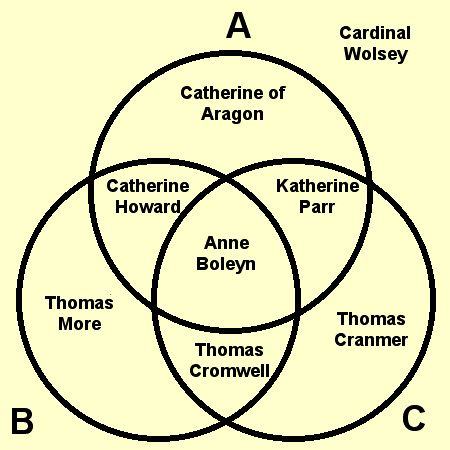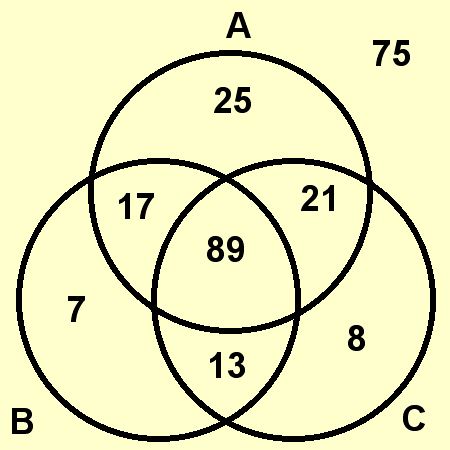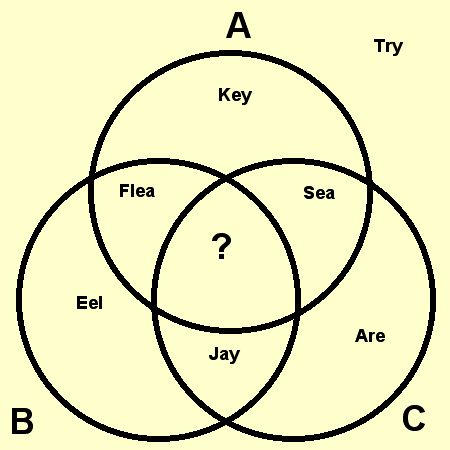When I first started this blog, one of my very first posts suggested that almost all of the current natives of Mongolia and China were probably descendants of Genghis Khan. I literally had no readers at the time – I hadn’t yet told anyone about the blog – and so there was nobody to challenge my sweeping statement. I didn’t even make an argument. I’d like to give my argument now, and reopen the question as a Conundrum.
The idea was based on a National Geographic article about the biological legacy of Genghis Khan:
An international group of geneticists studying Y-chromosome data have found that nearly 8 percent of the men living in the region of the former Mongol empire carry y-chromosomes that are nearly identical. That translates to 0.5 percent of the male population in the world, or roughly 16 million descendants living today.
I went on to note:
16 million descendants. And that’s only men descended from Khan directly through the male line, father to son, for the past 800 years. The total number of Khan’s descendants living today is truly incalculable.
If you figure an average of four generations per century, that’s 32 generations between Genghis and his living descendants. Each person living today should have around 2 to the power of 32, or roughly 4.3 billion, living ancestors that are contemporary with Khan. Obviously, many individuals will have to be counted more than once, so let’s take a different tack.
Let’s pick a year somewhere between 1200 and 2000, say 1500. The total population of mainland Asia in 1500 was 268,400,000. Each living person today would have approximately 2 to the power of 20, or about a million, ancestors who were around in 1500 (and that’s if we don’t count anyone with a living parent).
So how many of the 268,400,000 around in 1500 were Khan’s descendants? Well, there are 16 million men living today that share the Y chomosome. If Khan and his direct male heirs had an average of 1.68 sons over 32 generations, that would give us our 16 million. That would only account for 505 men carrying that Y chromosome in 1500. But that calcuation leaves out two factors.
First, by 1500, Khan’s seed had been pretty well spread. The factors that account for his prevalence today came mostly into play during Khan’s life and the few generations following (see the article for details). So the distribution was a lot more top-heavy than the calculation above would suggest.
Second, we’re only counting direct male-line heirs. Passing a Y chromosome down from father to son over 32 generations is only one of 4.3 billion different permutations of inheritance. Each of those 16 million Y chromosome carriers alive today probably has an average of at least one sister or daughter. That doubles the known descendants right there. Extend that back over 32 generations, then consider all of their descendants, and you get the idea. If we change “average of 1.68 sons over 32 generations” (which we know is true) to “average of 2 children of either sex over 32 generations” (which doesn’t seem like too great of a leap from there), then 16 million becomes 4.3 billion, greater than the population of mainland Asia today.
It seems to me that today’s ethnic Mongolians and Chinese would almost all have to be descended from Khan, some many times over.
Now I am no math expert. I’m a Shakespeare Teacher. It’s very possible I could be wrong about this. I’d be interested to hear what other people think, particularly people with more professional experience with statistical analysis.
And I should also point out that I pin no political, moral, or judgmental significance to being a descendant of Genghis Khan. This is simply a math, history, and logistical Conundrum. I truly hope no offense is taken (though if you read my original post and the Economist article it is based on, it actually seems to be a point of pride for both Mongolia and China to be the descendants of Khan). And my family comes from Belarus, so this would mean I’m probably a descendant of Khan as well. So don’t screw with me.
Now, with all that in mind, for this week’s Conundrum, I hereby submit my original conclusion up for public scrutiny:
So, China and Mongolia should probably stop arguing over which of their people are the true heirs of Genghis Khan. My guess is, almost all of them are.



